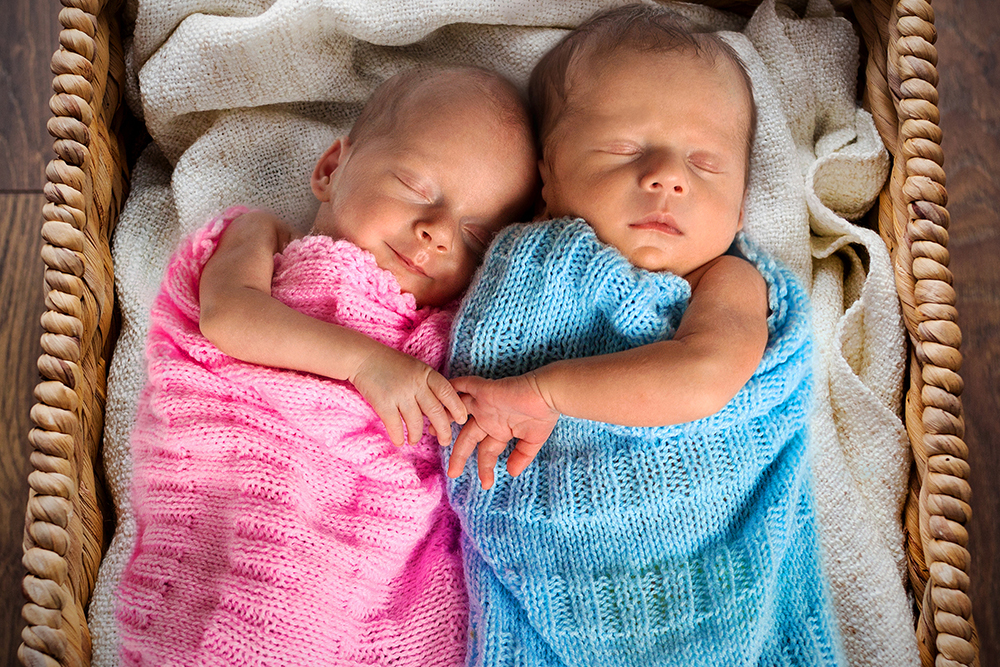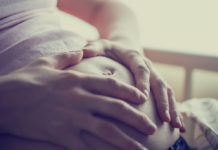
When model, TV host and cookbook author Chrissy Teigen publicly shared that she and her musician husband, John Legend, chose the gender of their baby, Luna Simone, during in vitro fertilization (IVF) back in 2017, she caused a mini scandal. Some were surprised that the practice of gender selection exists at all, while others were upset by the ethical implications: Is it right to forgo humanity's coin toss?
Who can choose their baby’s gender?
The technology Teigen and Legend used to get their baby girl only applies to those undergoing the costly and elaborate IVF procedure in the first place. In 2012, 61,000 babies were conceived via IVF, according to the Society for Assisted Reproductive Technology, which is just 1.5 percent of the 3.9 million births in the U.S. that year. That means gender selection, which not all clinics offer anyway, is a side effect of helping those who can't conceive a child naturally.
If you don't have fertility issues to begin with, you wouldn't be eligible for IVF simply for the purposes of gender selection. And even with IVF, the screening procedure which reveals the gender of embryos is an extra step costing anywhere from $1,000 to $5,000. (The total average cost of IVF with screening of embryos is $20,000 to $25,000 per attempt.)
How does gender selection work with IVF?
As Dr. Elena Trukhacheva, president and medical director of the Chicago-based Reproductive Medicine Institute, explains, once embryos are created in vitro, they are sometimes screened in order to choose the healthiest ones to implant into the mother's womb. Called Preimplantation Genetic Diagnosis (PGD), it's a complete chromosomal analysis of each embryo.
"The screening is in response to medical indications, such as multiple miscarriages or failed past IVF cycles, or advanced maternal age [over 35]," Trukhacheva says. "With a regular cycle, about 40 to 50 percent of implanted embryos will result in a healthy pregnancy. Using a screened embryo increases those chances to about 60 to 70 percent."
Trukhacheva says that if screening indicates that there are healthy embryos of both genders, about half of patients ask to choose the gender to implant. Trukhacheva doesn't have an ethical issue with gender selection at this stage, particularly because she has not seen a pattern of discrimination against one gender. "It's usually an issue of balance, that the couple has two boys and would like a girl, or vice versa."
Why is selecting a gender controversial?
Dr. Robert Gustofson, medical director of the Colorado Center for Reproductive Medicine, sees it differently. He says his clinic does not normally engage in the practice of gender selection: "Our goal is a healthy pregnancy, not a specific gender."
Accordingly, an exception would be if a couple were at risk of having a child with a genetic disorder linked to a particular gender. "Just because you can do something doesn't mean you should," Gustofson says. "It's a slippery slope: If we start selecting for gender, people could start requesting a certain eye or hair color, or height."
Gustofson adds that after embryos are screened, in only about 15 to 20 percent of cases are there equally healthy embryos of each gender to choose from anyway.
What are the other options?
Gustofson isn't ethically opposed to another technique, sperm sorting (officially called MicroSort), whereby based on a sperm's weight, it is sorted to increase the chances that a subsequent artificial insemination will result in an embryo of a particular gender. Unfortunately, though, the process doesn't work very well and was not approved for use by the Food and Drug Administration after its clinical trial, so it is not available in the U.S.
What about that technique you might have heard about, of trying to conceive just before ovulation for a girl and during or just after for a boy?
"There is something to that," says Trukhacheva, "in that a 'female' sperm is a little heavier and slower and more likely to survive longer than a 'male' sperm which burns out a little faster. But this is only on average, and you would have to predict ovulation precisely. It's still going to be about a 50/50 chance."





